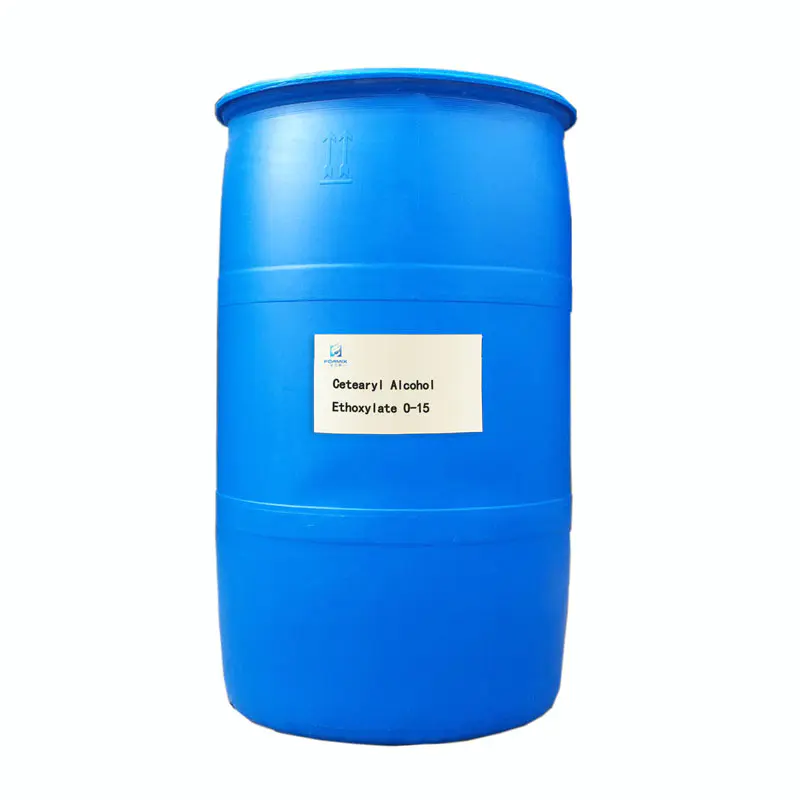There are many problems in the use of defoamers. How can we solve them?
2025-04-10
In the industrial production process, the generation of foam often has an adverse effect on production efficiency and product quality. The main function of defoamers is to eliminate and control the foam in the liquid to ensure the stability of the production process and product quality. Therefore, the application of defoamers is particularly important. In actual operation, the use of defoamers will also encounter a series of problems.

1. Turbidity problem of defoamers
The main components of defoamers include hydrophobic particles, silicone oil and emulsifiers. These components play a vital role in the defoaming process. As a defoaming medium, silicone oil has extremely low surface tension and is neither lipophilic nor hydrophilic. It can displace the oil-water phase in the middle of the foam wall, thereby producing a defoaming effect. When the silicone oil outside the hydrophobic particles is completely consumed, the foam system may become turbid.
How to solve it?
The performance differences of defoamers are mainly due to the different dosage and color of their components. High-quality defoamers should have excellent defoaming effects and longer anti-foaming time to avoid system turbidity.
2. Floating oil problem
The uniformity of defoamer dispersion in the system has a crucial impact on its performance. When the defoamer is evenly dispersed, it has little effect on the transparency of the system and can remain in the system for a long time. If the defoamer is unevenly dispersed in the system, the time to agglomerate into larger particles will be shortened, resulting in turbidity and floating oil.
How to solve it?
In order to avoid floating oil, the order of adding the defoamer can be moved forward, or it can be diluted before adding it to the system. The diluent can be water or a surfactant in the system.
3. Defoamer anti-foaming time problem
The anti-foaming time of the defoamer is mainly determined by the properties of the silicone oil. The silicone oil content directly affects the consumption cycle of the defoamer in use. If the amount of silicone oil added is too little, the defoaming performance may not meet the requirements; if the amount added is too much, it may affect the performance of the defoamer and reduce its defoaming properties. The particle size and stirring time of the defoamer are also important indicators that affect the anti-foaming ability.
How to solve it?
In order to obtain the ideal anti-foaming effect, it is necessary to strictly control the amount of silicone oil added, the particle size of the defoamer and the stirring time

